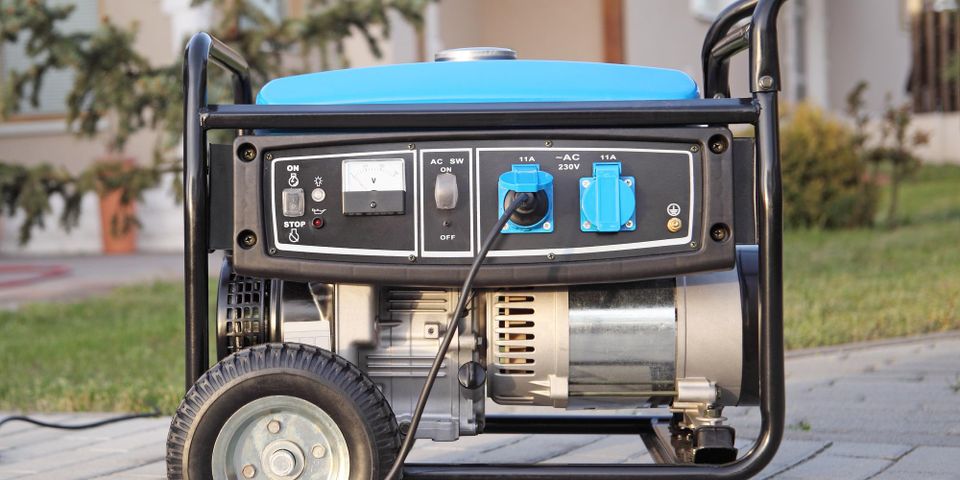
If you live in an area where winter storms threaten to knock out power, generator installation is a sensible investment. It will help keep your home warm, preserve food in the refrigerator, and keep the lights on for easier navigation in your home. You probably know that a generator is useful, but do you know how it works? The guide below explains the basics so you can choose the right model for your home.
What Are the Key Components in a Generator?
The most important part of any generator is the engine, which is essentially a smaller version of the one in your car. To support this vital portion, the cooling, lubricant, and exhaust systems prevent damage to components. The engine powers the alternator, which uses a magnetic field to generate electricity. The fuel tank holds the gasoline that powers the engine, and the resulting exhaust means you can’t run the generator indoors. All of these components are connected to the frame, which makes for easier transportation and generator installation.
How Can You Pick the Right Generator for Your Needs?
 The best model will depend on the size of your home and how many important appliances you run. A portable option can run some of the most important functions in your home, but you’ll have to start it up when the power goes out.
The best model will depend on the size of your home and how many important appliances you run. A portable option can run some of the most important functions in your home, but you’ll have to start it up when the power goes out.
If your power often goes out, a standby generator might be the better option. It will automatically turn on when your main power source goes out, keeping your HVAC and refrigeration systems running. However, it requires a more complicated generator installation.
If you need electrical repairs, commercial electrical work, or generator installation in Wisconsin Rapids, WI, contact E-Con Electric, Inc. They’ve been the trusted source for electrical work for almost 50 years, and they abide by the motto “every project done safe, done right, on time, every time.” To receive a free estimate or schedule 24/7 emergency service, call (715) 423-8440. You can also learn more about their services online.
About the Business
Have a question? Ask the experts!
Send your question

